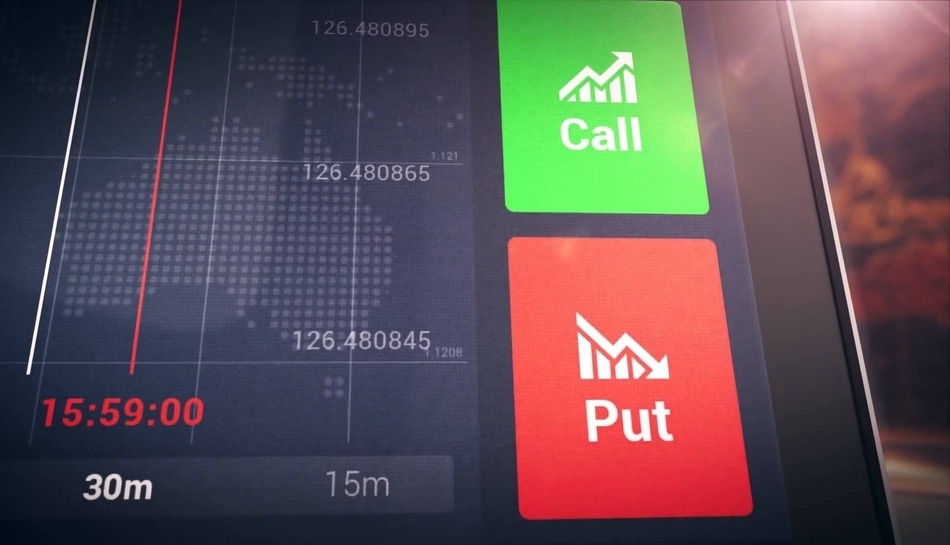Investment Products
This company remains the best in terms of customer service and prompt payment of profits. Kudos!.

Stephanie Andrews
Investor
My first experience with investing was with Platinum Capitals, and I am glad I took that step.

Annie Hoffman
Single Mom
My wife's colleague at work kept advising us to put some money aside for the future, so we asked our broker and she recommended Platinum Capitals.

Patrick C.
Computer Engineer
I've been an investor since my teenage years, so I know how to spot a good investment. Platinum Capitals is ahead of many others.

Ahmed Hakeem
Banker
OPTIONS

Options are financial instruments that are derivatives based on the value of underlying securities such as stocks. An options contract offers the buyer the opportunity to buy or sell—depending on the type of contract they hold—the underlying asset. Unlike futures, the holder is not required to buy or sell the asset if they choose not to.
- Call options allow the holder to buy the asset at a stated price within a specific timeframe.
- Put options allow the holder to sell the asset at a stated price within a specific timeframe.
Investment Strategies
Self Investing Investing
There are very good strategies for trading options, but all involve a high amount of risk. You can use any of the strategies listed below or simply have an investment company handle your trades and bear the risk for you. Some strategies include:
- Covered Call
- Married Put
- Credit Spreads vs. Debit Spreads
- Straddles
- Strangles
- Iron Condors
- Butterfly Spreads
Broker Investing
A more convenient and profitable way to invest in Options would be to have an investment company handle or undertake your trades for you. This method helps minimize risks and maximize profits, as the company brings in years of experience and skill. This is one of the reasons we set up Platinum Capitals.